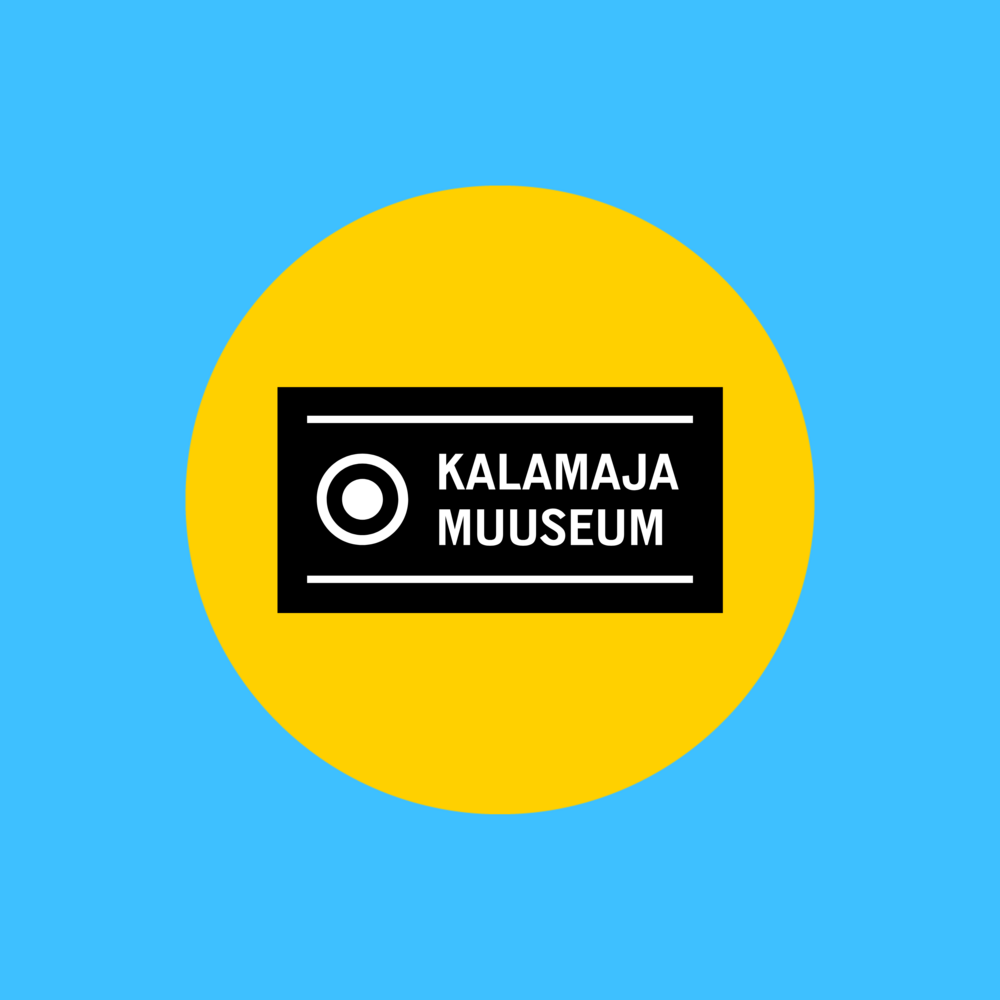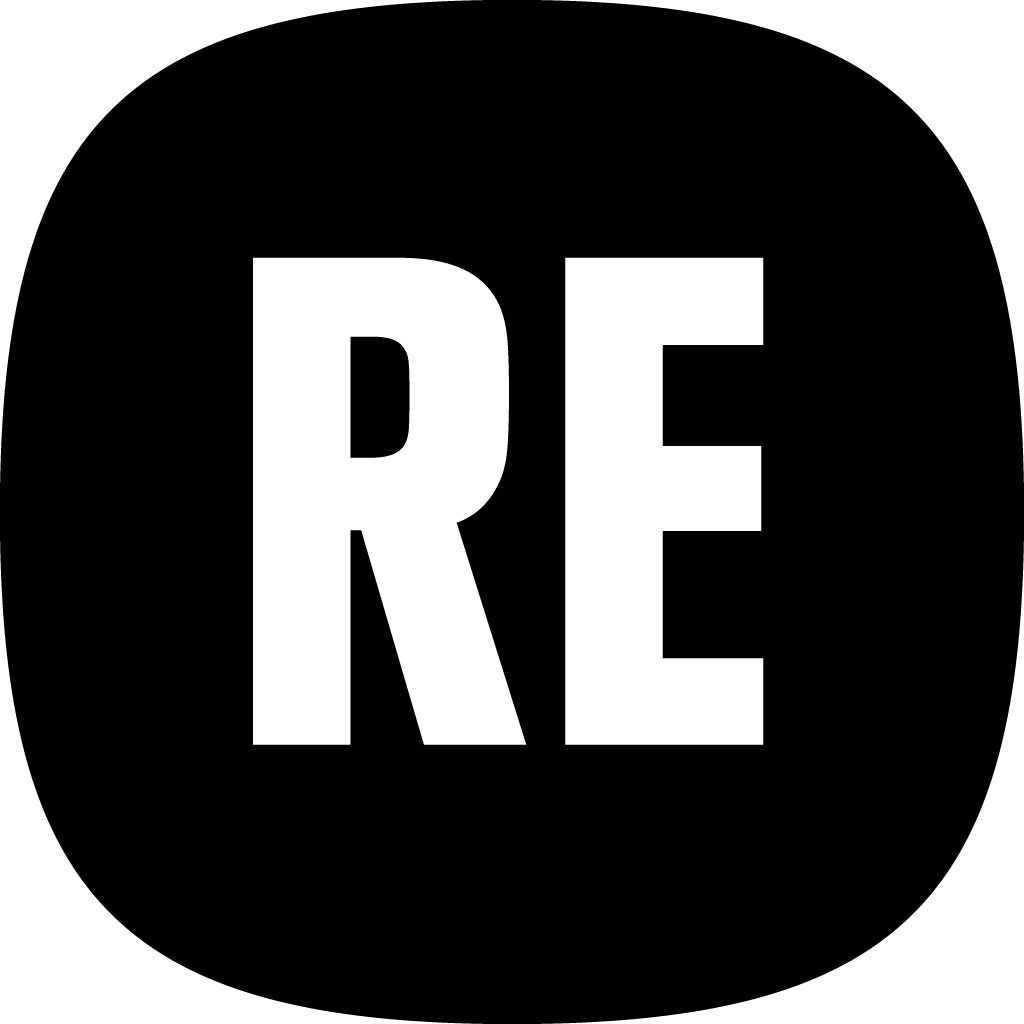Kalamaja Museum

Everything that’s collected from the community…has to be given back to the community as fast as possible.
WHO
The Kalamaja Museum, one of the museums of the Tallinn City Museum, is a community museum in Estonia that was created with and for the neighborhood. In 2018, the building where the museum is housed today needed renovation, and the idea was born to create a museum where people would be engaged from the start in deciding what should be exhibited and what activities should be held. What started as a co-design and co-creation process with a survey and focus groups has grown into an active participatory programme including activities like community-donated exhibits, personalized neighborhood tours and cooking events.
Maibel Napa, who works at the Kalamaja Museum, talked with RECHARGE about how this community museum was co-created with the neighbourhood and continues to flourish with local residents initiating new activities.
WHAT
The Kalamaja Museum works from a place-based perspective, building relationships with their local stakeholders by focusing on people who feel a connection with the neighbourhood, and engaging with city officials and local businesses. The creation of the museum used a participatory process made up of focus groups, interviews, exhibition donations, and community discussions. A permanent exhibition and programming for families and children is combined with a core of participatory work where for example the exhibitions are donated by community members and cooking events attract a larger group.
Kalamaja Museum hosts the exhibition space and offers collaborators things in exchange for their contributions such as the free use of museum rooms or tours. There are members of the community who have developed close ties with the museum, engaging via channels such as regularly donating objects to exhibits, initiating new projects, and giving personalised tours. A wider network of interested people join the participatory activities, which include the cooking workshops and neighbourhood tours. In many cases they might not even view the museum exhibit, and the museum itself does not wish to pressure them to do so. They hope that over time these people might become curious and check out the exhibit. In this case the museum functions more as a space for socialization.
HOW
COLLABORATION
The staff of the Kalamaja museum tries to invest as much time as they can in building personal relationships with visitors and potential collaborators. They emphasize that it is a mutual process of getting to know each other personally and creating space for compromise, negotiation and agency. To address the challenges or potential downsides of focussing on personal relationships, Kalamaja takes the following approaches:
It is important to maintain and diversify the community you involve. The downside to the importance of personal relationships is that in the long-term, you can end up working with the same people.
Standard timelines for creating an exhibition are often quite long. If you want to stay relevant and interesting to the community you have to be much faster in responding to current events and asking for input.
With staff turnover, it is very important to hand over the personal relationships, so personal introductions can be crucial. Documenting relationships is also important to prepare for this potential event.
The goal is to treat people well - so if you don’t have the capacity to receive someone, you might have to turn them away and/or reschedule.
Learn to compromise; you are negotiating with the community members about how their home is to be represented. You have to legitimately value and take on board their opinion, even if it results in what you didn’t want or plan for.
It can be helpful to produce interview guides and methodologies to build the capacity of relationship-building amongst staff.
FINANCING
The Kalamaja Museum was founded on the ideas and contributions of the community, which means it continues to be highly dependent on this relationship. As they also wish to be open to and foster community initiation of projects, it means that financial sustainability is almost synonymous to social sustainability. They must think about reciprocity with their network, and constantly look to diversify the people they engage with. They do not receive additional funding to run participatory activities or to compensate collaborators and contributors. As they are also a small museum team trying to work in a participatory way, limited human resources are a challenge as personal relationship-building is time intensive and tiring. For example, if they’re running a workshop, they might be unable to accept a donation at the same moment due to limited team members.
IMPACT
Growing and strengthening the relationship with the local community is where Kalamaja sees their impact. They emphasise that they don’t see themselves as separate from the community. By approaching their work as a mutual process of personal relationship building, they hope and believe that the museum will truly become part of the community, and that their events bring people together.
Some clear signs of this strengthened relationship is that local groups with a specific interest or agenda have also collaborated with the museum. For example a person with an interest in manhole covers collaborated with the museum, which in the end led to tours, a book, and the preservation of historic manhole covers. Also, the museum created an exhibition about the coastal area and the fight of local activists against beach development. Some of their long-term collaborators have built their own ‘community’, as there are for example “fans” of certain tour guides who frequent each of their tours.


Share